Table of Contents (click to expand)
By measuring how long it takes for your signal to bounce off three surrounding cell towers, your location can be tracked via triangulation.
Imagine that you have been kidnapped and trapped in someone’s dark basement. Now, imagine that you somehow get your hands on a mobile phone by some movie-like magic miracle, and you call 911. At that point, the most important information you need to give them is not even who kidnapped you, but where you are.
Even if you can only describe the color of the peeling paint on the walls, chances are that the cops can zero in on at least an approximate location with a single phone call. Following that, hopefully you will be rescued and live happily ever after.
So how exactly do cops trace calls? Is it really that simple to track your phone’s location?
How can a Phone Call be Tracked?
To get from “911, what’s your emergency?” to “Help is on the way,” 911 needs the location of the caller from the phone call.
Back in the day, if you called an emergency number, it was usually the caller’s responsibility to tell the responder their location. 911 services began upgrading to “Enhanced 911” (E911) some years ago. This system is a better way of getting critical information, such as the phone number and location of callers. The regulations, and the supporting science, have been getting better, so dealing with emergencies has become much easier.
This is all much easier if you’re on a landline. Though it may seem like landlines are becoming an endangered species, they are still in common use. If you have an emergency and are calling for help from a landline, that’s good. The phone company already has your address. With the number you’re calling from, 911 can easily get your address and come to your location.
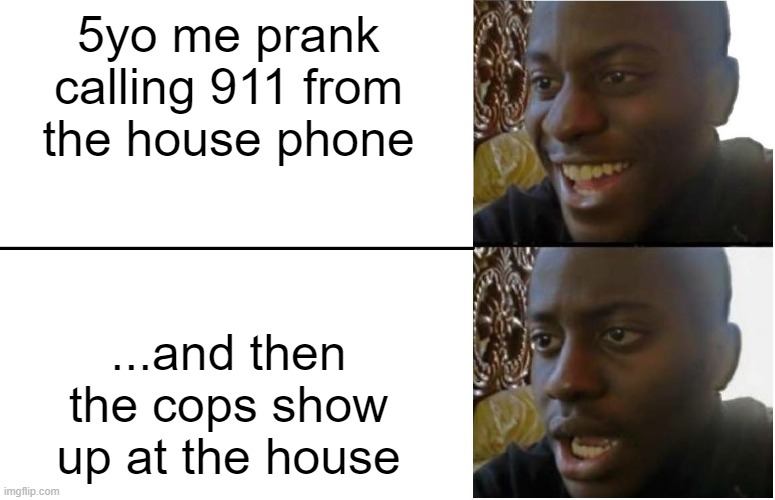
But as one we all know, cell phones rule the world. Data shows that 80% of all 911 calls made in the US come from wireless devices. Mobile devices, given that their purpose is to be mobile, don’t have an address stored in a database like a landline, so tracking is required.
When you call 911, your call is answered by a responder in one of the several Public Safety Answering Points (PSAPs). If you’re calling from a cell, your carrier sends the location data to the responders, who use that information to send you help.
Depending on what type of phone you’re calling from and what capabilities are available, there are different ways that your location can be obtained from a phone call. Triangulation is one of them.
Cell Tower Triangulation
Triangulation is a way to find the location of something by considering it relative to three (or more) objects around it.
To understand how this can help in tracking your phone, let’s look at how cell towers work. The towers have receivers and transmitters that pick up and send signals to your phones. That’s how you’re able to make and receive calls and messages.
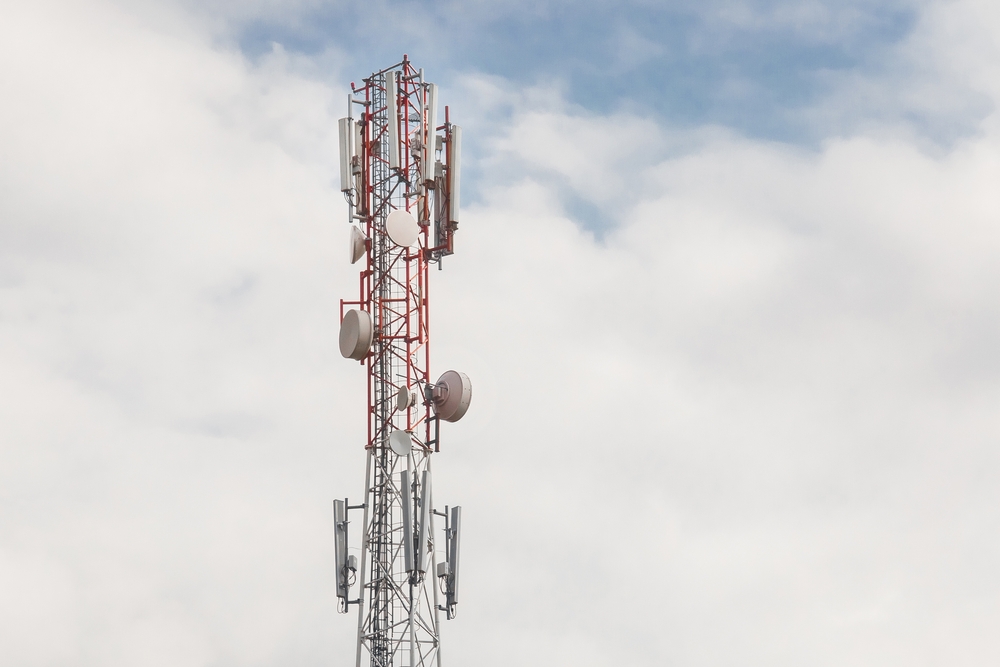
Each tower has a “cell”—an area around it that the tower is taking care of. To ensure that we can smoothly stay connected calls while moving, there are towers covering more or less every inch of cities and towns in inhabited regions.
Also Read: How Can Mobile Phones Make ‘Emergency Calls’ When There’s No Network Coverage?
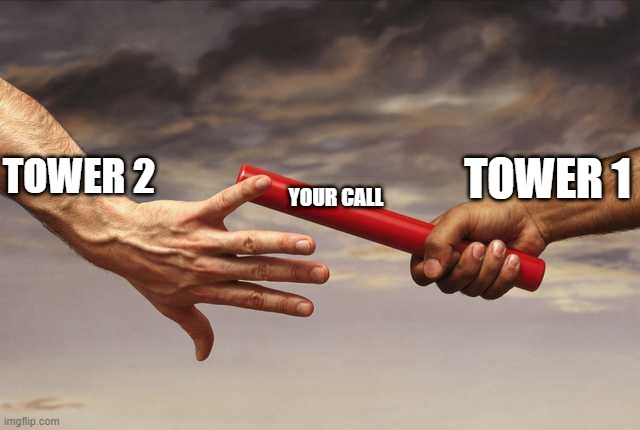
The signals from our phones can therefore be picked up by multiple towers around us. Also, when we make a call, it’s possible to tell which side of the tower the call is coming from, depending on which of the receivers on the tower picks up the signal.
Now that we have that info, imagine that a call is placed. The signal bounces off three cell towers: A, B, and C. We now know that the call was placed from within the area bounded by these three towers. This narrows it down to the area where there is an overlap of the cell areas of A, B, and C.
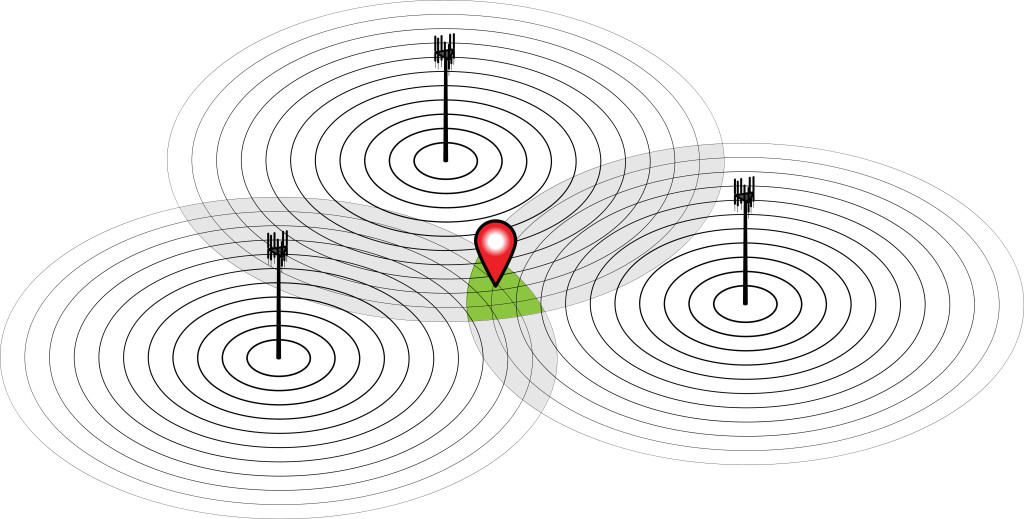
Furthermore, we can tell how far the caller is from A, B, and C because we know how long it takes for the signal to go back and forth from these towers. We can calculate the distance between two points if we know the time it takes for something to travel between them, and the speed at which it is traveling.
From here, using a few basic mathematical calculations, we can determine where the caller is. Approximately, at least. It depends on a lot of factors, like cell tower density, signal strength, and even the weather.
This method is not just for live tracking; towers have historical data stored too, which can be used by investigators looking back on a case.
Other Ways to Track a Call
As our cell phones continue getting smarter, the possibilities for location tracking become much wider.
The same tech that lets you navigate to your nearest McDonald’s, tells you which exit ramp to take, and helps your Uber Eats driver get to your door exactly on time, even with minimal road signs, can also help when you call 911. Global Positioning System (GPS) capability is inbuilt into all our smartphones these days.
GPS uses satellites, instead of cell towers, to figure out precisely where you are. It also uses tri-lateration, rather than triangulation. Tri-lateration measures the angles instead of the distance. This is also far more accurate than cell tower triangulation.
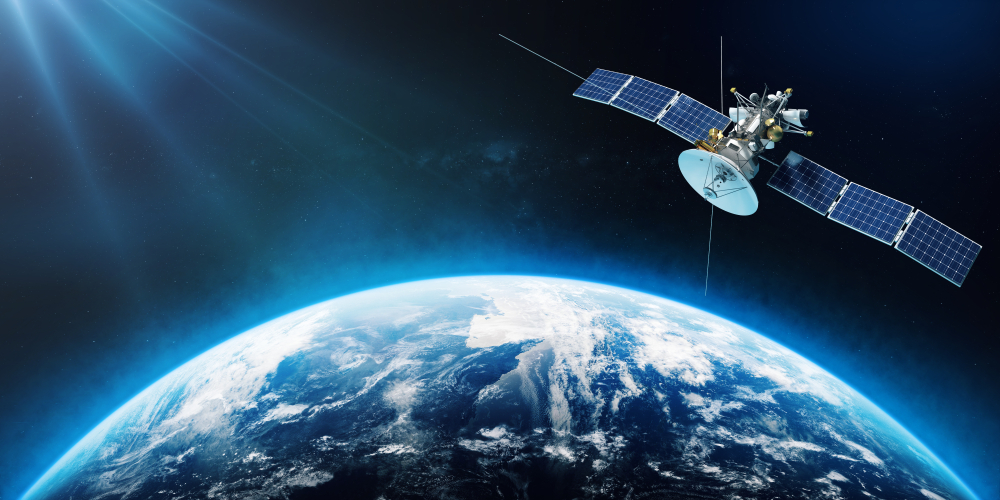
With the systems now in use, the GPS from our phones can be used to route our 911 calls to the right centers in order to get a faster and more accurate location fix.
These days, there is also Wi-Fi location tracking, which has the potential to be very useful in dense cities with hotspots everywhere.
How Long Does it Take to Track a Phone Call?
Typically, when you are in a situation where you have to call emergency services, time is of the absolute essence. A few seconds could mean the difference between life and death.
For 911, the Federal Communications Commission (FCC) enforces standards on wireless providers regarding how accurate and how fast the location of callers must be provided. According to orders by the FCC, a location fix should be made within 30 seconds.
Also Read: Why Is The Audio Quality Of Phone Calls Still Not Great, Despite So Many Advancements In Technology?
Even now, location tracking is affected by many factors and the accuracy is shaky at times. 911 can’t always find you, so if you’re in an emergency, it will always be best to give them an accurate location for yourself, if possible. Generally, do what you can to stay aware, and take care of yourself!
How well do you understand the article above!

